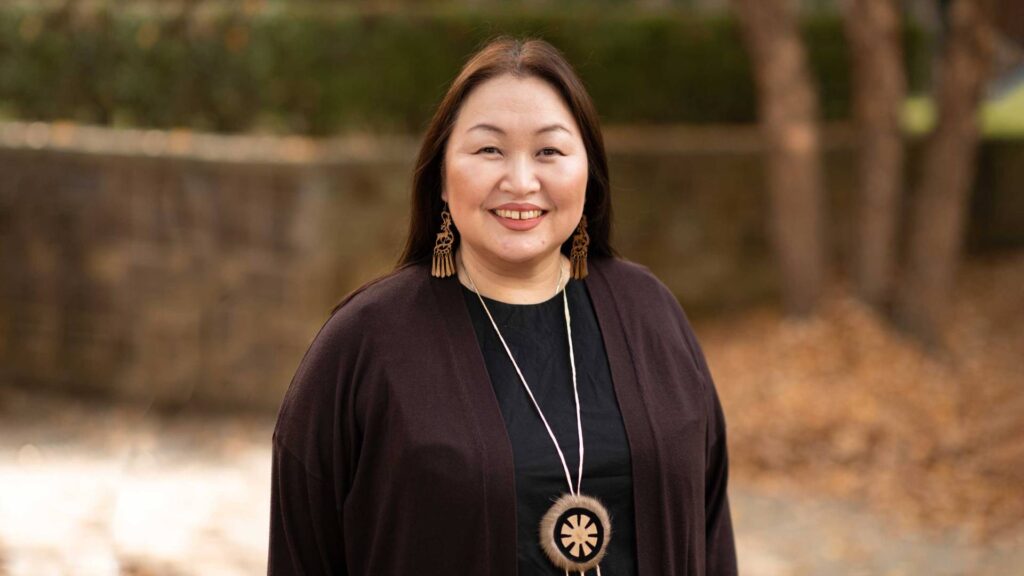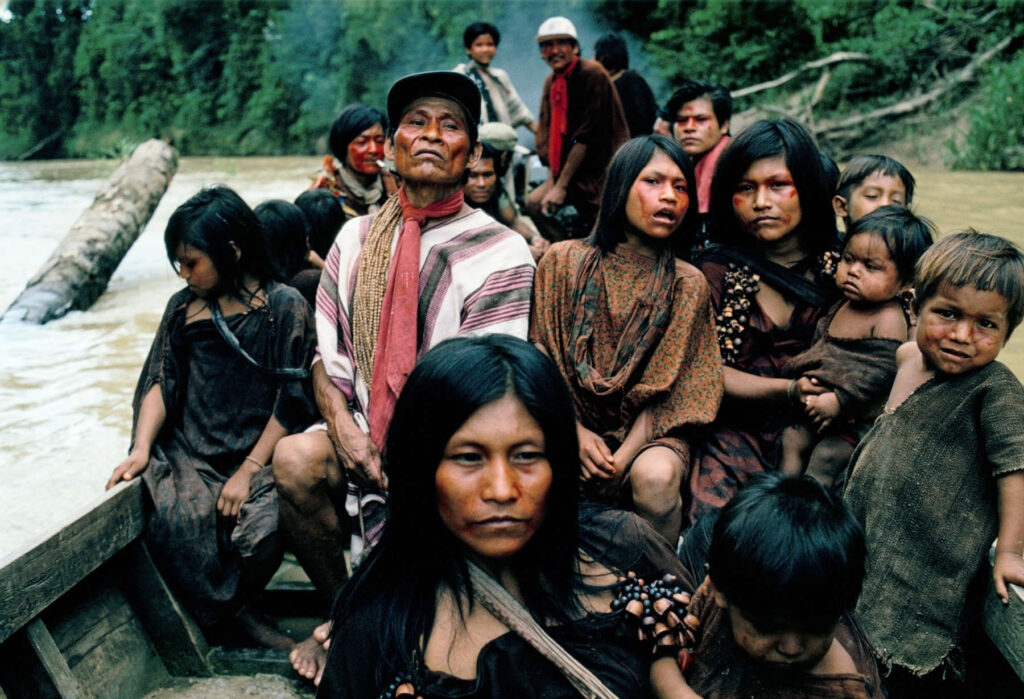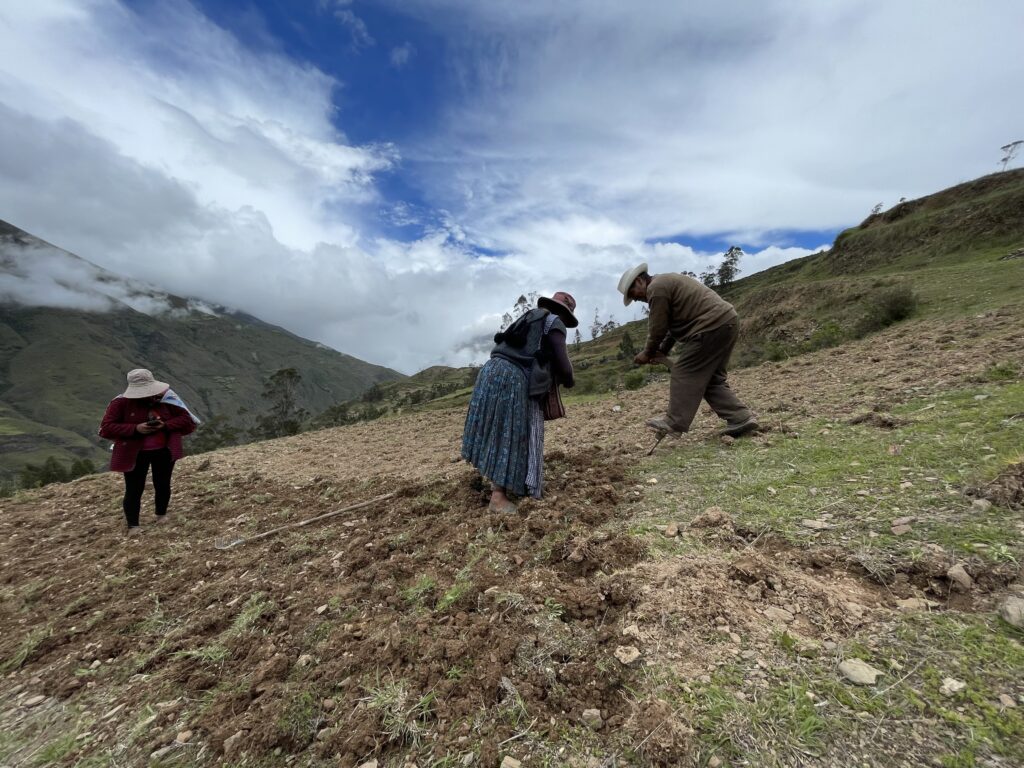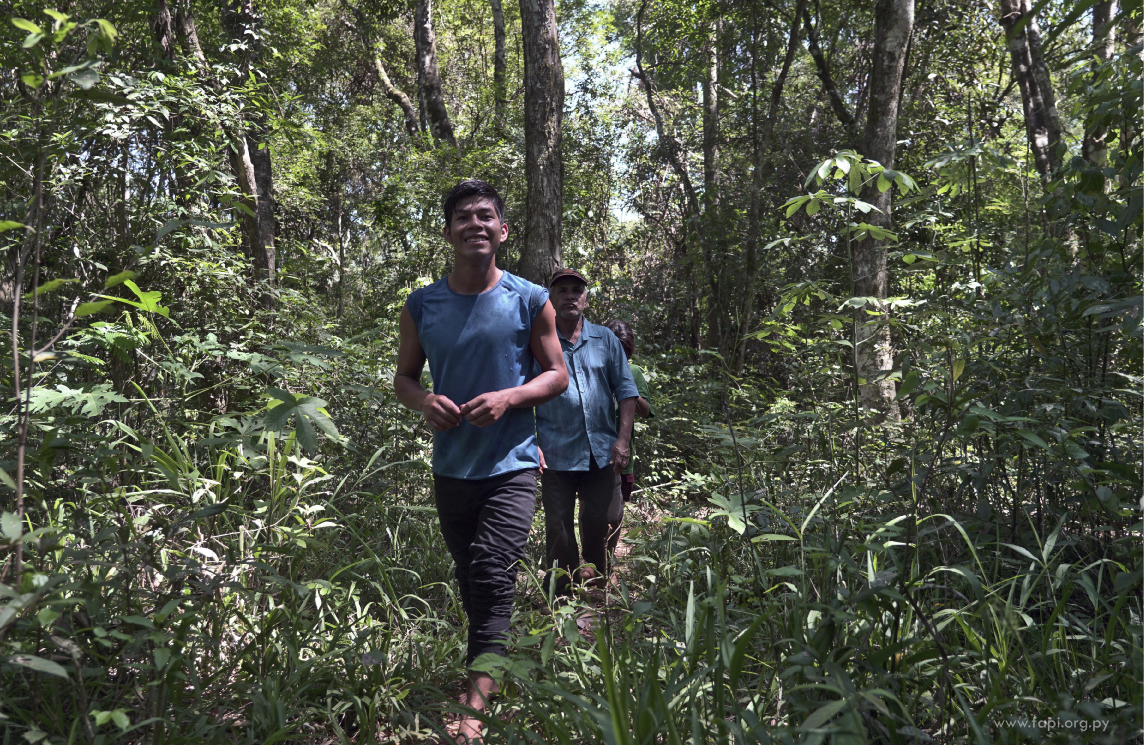The responses that Western society has implemented to address climate change are not sufficient. Other actors and knowledge are needed, and Indigenous Peoples' ancestral knowledge could play a central role. However, diverse voices tend to be silenced in debates in international fora. Anthropology can contribute to adopting a cosmopolitics of climate change that allows us to integrate multiple worldviews in order to understand and address the problem more holistically.
Climate change is unprecedented in human history in its scale, affecting all of us at once. Dealing with it thus requires cooperation: how can we ensure everyone has a voice? Allowing one worldview to emerge as hegemonic, especially one stemming from a scientific and capitalist culture that is causing climate change through its attitude to “natural resources”, seems no way to create solutions. We must work with and across communities, creating a level playing field on which all voices and worldviews can communicate and be valued as equal.
Within anthropology, we often refer to this latter approach as “cosmopolitics”, making politics more cosmopolitan by opening it up to other worldviews. One of the leading theorists of this view is Marisol de la Cadena, who carried out ground-breaking ethnographic work with activists in Cusco, Peru, contesting a mine that would “decapitate” a mountain deity, arguing that there would be horrific consequences for such a violation. She explored how we could open up the sphere of politics to include non-human actors like mountains, and to take seriously the worldviews of those who saw them as such.

Towards a cosmopolitics of climate change
In June of this year, I was lucky enough to convene a conference of Indigenous and non-Indigenous anthropologists on collaborations across Indigenous and scientific worldviews on climate change: Creating a Cosmopolitics of Climate Change. The idea was to work with people creating emerging experimental “cosmopolitical” fields in climate negotiation, action, and engagement, opening up terms like politics and climate change to non-Western interpretations. We hope that cosmopolitics can widen communication among worlds, sparking a wider re-conceptualization of the relations between humans and their environments.
One of the first people invited was Olga Ulturgasheva from the University of Manchester, an Indigenous anthropologist whose work I really admire. I had read her book on child rearing practices in Siberia and knew she was now working on climate change. To my delight, she was enthusiastic about the conference and immediately proposed several colleagues of hers as contributors. Firstly, Mark Brightman, who coincidentally used to be a director of the Centre for the Anthropology of Sustainability, where I work. They had published together, comparing Indigenous ideas of animals as social persons in Siberia and the Amazon.
The Asháninka community members reclaimed the rights to part of their territory and recovered it from grazing and logging. In this way, they rebuilt an autonomous Indigenous community and their own lifestyles, together with the environment they traditionally inhabited.
The Asháninka community members rebuilt an autonomous community and their own lifestyles, along with the environment they traditionally inhabited.
Olga secondly proposed Barbara Bodenhorn, who was my main teacher and supervisor as an undergraduate, shaping my ideas of Indigenous activism. I had not seen her for 20 years but was keen to meet again. Olga and Barbara were working together on experiences and perceptions of climate change in the Arctic and its global implications. Lastly, Olga suggested an Indigenous climate researcher from the field of media studies, Candis Callison, whose work I was not familiar with but was swiftly moved by when I started to read it. Working within the field of journalism, Candis explores how climate change as scientific facts, shaped by the Intergovernmental Panel on Climate Change (IPCC), is translated by the media, understood at a local level, and moves collectives to act. This wide-ranging account, which moves across Inuit and USA Evangelical communities, is lively and very readable.
Motivated by Olga’s support, all these people enthusiastically agreed to participate. I next approached Hildegard Diemberger, studying attitudes to climate change in the Himalayas. We agreed to contrast the cosmological approaches of our two very different mountain field sites, the Andes and the Himalayas, where climate change is similarly seen with overtones of mythic discourses of world endings. She is looking at how Buddhist concepts of ecology are wedded to scientific approaches in collaborations that consider communities in landscape management and create space for them to contribute their own experiences of climate change through Citizen Science.
Citizen Science is employed by Jerome Lewis, director of the Centre for the Anthropology of Sustainability (CAoS) at UCL, who had previously put me in contact with two members of the Asháninka people from Apitxwa community: Moisés and Benki. Following a vision of their grandfather’s, the community reclaimed the rights to some of their jungle territory from cattle ranching and logging. They restored an autonomous Indigenous community and lifestyles, along with the jungle environment itself.

The consideration of Indigenous knowledge
Prior to this, I was already working with Renzo Taddei, who had given a paper months previously for the UCL Anthropocene scholars on whether Indigenous Peoples have a voice in the IPCC. He agreed to convene the conference with me, suggesting Rosario Carmona as a contributor. Rosario is an anthropologist and painter who works on perceptions of climate change among the Pehuenche in southern Chile, and has analysed the uptake of Indigenous ideas by the IPCC in an IWGIA policy briefing. She and Renzo generously contributed their time and ideas to refining the conference call. To complete the ensemble, Ben Campbell was invited. He argues for the importance of social as well as physical science on climate change in the Himalayas to inform us about peoples’ relationships with their environments.
On the day itself, we were joined by Hannah Knox, who focuses on the implementation of climate change and renewable energy among UK councils and community groups. She had agreed to give a keynote speech introducing the day. Olga set the tone with a challenging first paper that conceptualized Indigenous responses to climate change in her native Siberia in terms of vulnerability. While moving along the landscape drastically affected by permafrost thaw, herders rely on their reindeer to read the stability of the ground on which they are standing more adeptly than humans, and thus choose safe routes. This approach challenged the perspective taken by myself and contributors in the book “Indigenous Perspectives on the End of the World: Creating a Cosmopolitics of Change”, where we all emphasized Indigenous approaches to climate change as a source of resilience and knowledge that others could learn from.
In Bolivia, climate change is affecting local agriculture and disrupting the rains that people depend on for irrigation. Farmers are adapting their crops to these new conditions, changing the seasons and altitudes at which they grow.
In Bolivia, climate change is affecting local agriculture, disrupting the seasons and the rains that people depend on for irrigation.
I was presenting with my co-author Feliciano, a Quechua-speaking Originary farmer from a highland Andean village in the Callawaya region of north Bolivia. My partner Mahesh and I, together with our Bolivian research assistants, worked with him on making a short documentary in which he explains some of the effects of climate change on local farming, disrupting the seasons and rainfall on which the village depends for irrigation. Farmers are rapidly adapting their crops to these new conditions, changing the seasons and altitudes at which they grow. Feliciano’s cheery attitude, determined that somehow the community would continue despite the multiple threats to its existence, had led me to conceptualize his response in terms of resilience. His strength continually impressed me.
In the documentary, he shows us how he still sows the fields using a foot plough, assisted by his wife and an adult daughter, growing most of what the family consumes despite his 60 years. He is an avid experimenter, trying out new crops and growing seasons to suit the changing conditions. This knowledge and expertise, as well as community spirit, as people share news of innovations in farming between villages and with their neighbours, shows us some of the strengths Indigenous community management can offer under climate change.

Resilience and vulnerability in Indigenous climate attitudes
Provocatively, in a later discussion session, discussant Alessandro Questa made a strong argument in favour of conceptualizing Indigenous actions in terms of resilience. In his own field site in southern Mexico, people are returning from cities to remake and repopulate their communities, to re-find their stories and connections to the world around them. How autonomous communities and Indigenous movements are conducting such experiments, designing sustainable futures with aspects of the past in contexts characterized by disruption, is a fascinating subject of anthropological reflection. This emerges as the major theme of debate linking the papers, and will be the main bone of contention in a subsequent publication which we hope to have ready next year.
As our conference shows, Indigenous responses to climate change are as diverse and varied as could be expected from peoples distributed across the globe. Some elements that emerged in common are how they are able to participate in a global conversation and the extent to which we must adopt scientific rationality and norms of communication to be taken seriously in such mediums. Too often, Indigenous inputs are reduced to “traditional knowledge”, which is inserted into a scientific set of worldviews and understandings; it is considered a useful observation on the environment that can be of service to science. Our perspective seeks to re-situate such knowledge within the cosmologies and everyday understandings through which it has emerged and emphasize where these are crucial to articulating sustainable lifestyles.
One element that emerged strongly from the book “Indigenous Perspectives on the End of the World: Creating a Cosmopolitics of Change” was the importance of rituals of respect. All the peoples we spoke to about how to avert the “end of the world” emphasized the importance of restoring, especially among the younger generation, practices that articulate thanks to the “non-human others” – gods, spirits, mountains. Benki emphasised that it is through considering the landscape in a respectful way that we realise human limitations and acknowledge that we are at the hands of the mighty and creative forces who preceded us. We are vulnerable, if you like, and from this more humble standpoint, might articulate sustainable relations with and within the world.

Rosalyn Bold is an Economic and Social Research Council-funded researcher at University College London, Centre for the Anthropology of Sustainability. She is the editor of Indigenous Perspectives on the End of the World: Creating a Cosmopolitics of Change (Palgrave Macmillan, 2019) and several articles on climate change, ethnicity and Indigenous politics in Bolivia.
